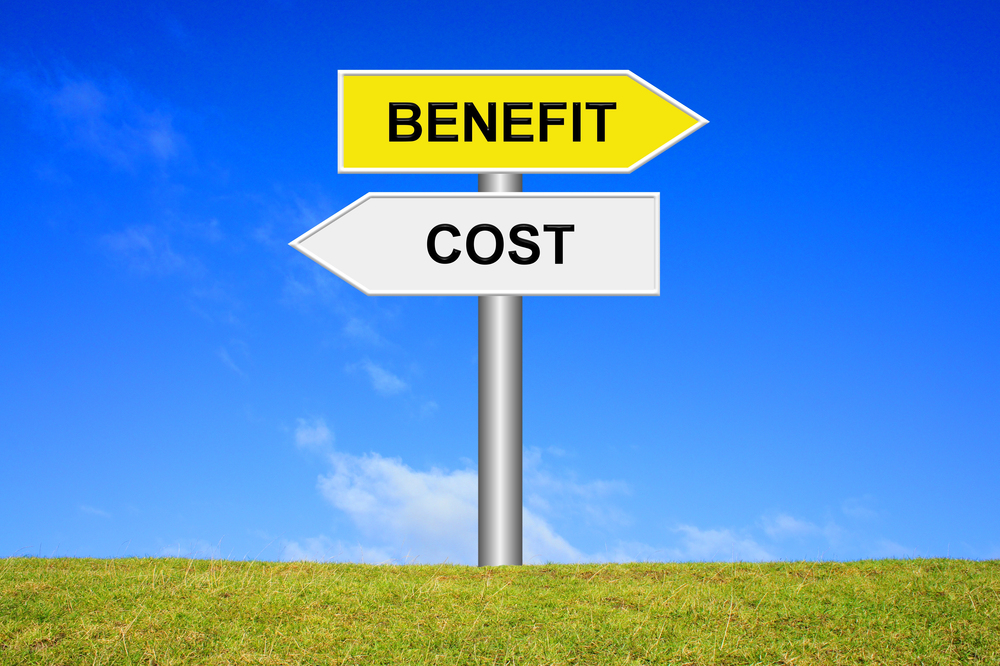Regular readers know that I sometimes reflect on an interaction I’ve had with an individual or couple in the context of financial counseling/coaching and the broader implications of the subject or issue(s) being discussed to retirement stewardship in general.
I recently talked with an older widow in our church about her financial situation. Although she had fine-tuned her budget, she still had an income shortfall and sought possible solutions.
This is a common problem, especially for spouses whose financial situation changes after their partner passes away (as it often does).
Despite the challenges she faces, she is cheerful and hopeful. She understands her situation but trusts God for a way forward. She is also open to input and suggestions from others about what she can do. I love working with people like her!
Through God’s mercy and kindness, she recently received a small “windfall” and wanted some help with what to do with it. Should she invest it? If so, how? Or should she use it to pay off an auto loan to ease pressure on her monthly budget? And even if she pays off her car, what should she do with what’s left over?
This situation and others like it raise the concept of “opportunity cost, ” which economists define as the loss of potential benefit or gain from other alternatives when one of multiple options is chosen.
This topic comes up frequently in personal finance because there are many things we can do with our money, each with an opportunity cost. We can spend, save, invest, or give it away, and each category has many options.
The situation becomes more complex when the decision involves many dollars instead of just one.
Simple, but not simple
At first glance, the math in this situation is pretty simple: What return could she get on the money needed to pay off the loan if she invested it in a high-interest savings account versus the interest rate on the auto loan?
She’s paying about 3 percent on the loan and could earn upwards of 5 percent with a high-interest savings account or short-term CD. On that basis alone, the math suggests that earning higher interest would be the winning strategy.
She could use the interest income to pay the interest on the loan and still be almost two percent ahead. (I did the math, and it showed a net benefit of about $250 if she kept the car loan and invested the payoff amount, making payments until she paid off in less than two years.)
Her problem was that even if she invested, she would still have to pay the loan’s principal off, and based on her current budget, she didn’t have enough guaranteed monthly income to make the monthly payments.
Of course, she could pay the principal from the high-interest savings account, only taking out what she needed each month for each payment until she paid it off in less than two years. That would allow the remaining amount in her savings account to net her 2% (less if rates come down).
Because her budget is so tight, and she might live another 10 or 20 years or longer, I offered another option: Keep the car loan until it’s paid off and use three-fourths of her nice little “windfall” to purchase a single premium income annuity (SPIA) with a 3 percent per year cost-of-living (COLA) adjustment.
The annuity would add to her existing “guaranteed” fixed income streams, easing budget pressure and generating more than enough income to cover the car payment for the next two years and perhaps a surplus afterward, depending on her expenses at that time.
The future opportunity cost of the decision—the potential lifetime income from the car loan payoff amount, if included in the principal used to purchase the income annuity—would be in five figures. So, the math seems to suggest, “Keep the loan and buy the annuity.”
But as we all know, there’s more to these decisions than math. Math may point us in one direction, but our logic (or emotions) in another.
I’ll let you know what she decided and why shortly.
Opportunities costs and stewardship
Financial opportunity costs are easy to understand. For example, let’s say you’re deciding whether to invest in Company A or Company B. If you invest in Company A, it has a 6% return in one year, and Company B has a 10% return in the same year, your opportunity cost is 10% minus 6%, which is 4%.
Of course, you didn’t have to pay the 4%; it simply means you missed the opportunity to earn an additional 4% on your investment.
But here’s where things can get more complicated. Opportunity costs can be other than just financial. They can have mental, emotional, and spiritual dimensions.
For example, obsessing over retirement savings (or the stock market) might hinder one’s ability to live in the present, embracing each day and living it as a gift from God. Choosing to save too aggressively for retirement might mean sacrificing the ability to give generously and the joys and blessings it brings. And holding on too tightly to what we have can cost us the joys of enjoying God’s good gifts by spending on ourselves, our families, and others.
Thinking about stewardship in terms of opportunity costs can help us make wise decisions, as it enables a better understanding of and consideration of the trade-offs involved.
For example, opportunity cost can cause individuals on a tight budget to forgo certain luxuries to pay their bills. A person could spend $12 watching a movie in a movie theater or use it to buy groceries. If they opt for the former, they may not have money for the latter, and vice versa.
Perhaps the most significant opportunity cost is the loss of “treasure in heaven” (Matt. 6:20) due to not using our God-given gifts of time, talents, and treasure to do good to others and further God’s kingdom on earth. As Paul wrote in Gal. 6:10, ”So then, as we have opportunity, let us do good to everyone, and especially to those who are of the household of faith.” This idea is at the core of ”retirement stewardship.”
These verses say that we are responsible for doing good to everyone, including the unsaved. But we have a special responsibility to other Christians, as we have the opportunity and resources to help. As in a home, family needs come first, then those of the neighbors, and then the wider community.
A bad decision?
My friend decided to pay off her car loan with part of her windfall. Although I encouraged her to consider the annuity, the most significant “opportunity cost” of that decision to her would be not having the peace of having no debt except for her home mortgage. And you know what? That’s not a bad decision.
I see this often when people decide to pay off installment debt or their home mortgage. They could do other things with the money, but the “financial peace” they gain from being debt-free is a compelling option.
So, paying off the car probably makes the most sense for her. Plus, she still has options for the remainder of her windfall and can consider the financial trade-offs.
For example, we don’t know what interest rates will be on high-yield savings accounts over the next few years (though they’re likely to be lower), so she could take your remaining savings and put them in CDs at current high rates, perhaps keeping some of it liquid in cash for emergencies.
Or, she could purchase a lifetime income annuity with the remainder, but it has an implicit opportunity cost of reducing liquidity in return for guaranteed monthly income.
There is another opportunity cost, which is the cost of doing nothing. Sometimes, as in this situation, doing nothing may be more costly than other options. If my friend did nothing, her windfall would sit in a bank savings account, earning very little interest, and she would struggle to pay all her monthly bills without drawing from it. The opportunity cost would be the additional stress that would add to her financial decision.
Other times, it may be better to do nothing, at least for a while, to understand all the options.
Prov. 19:2 says, “Desire without knowledge is not good, and whoever makes haste with his feet misses his way.” To paraphrase it in this context, “If you need to make a financial decision but don’t take time to fully understand the opportunity costs involved, you may make a less-than-optimal decision.”

